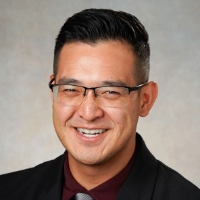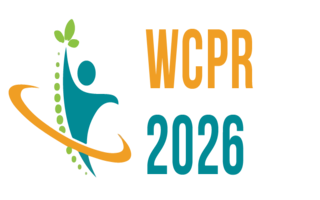3rd World Congress on
Physical Medicine and Rehabilitation
March 26-27, 2026 | Osaka, Japan

Address: 1 Chome-9-15 Shinkitano, Yodogawa Ward, Osaka, 532-0025, Japan.
WCPR 2026

Inspira Health Network, USA
Abstract:
Spinal cord stimulation (SCS) is a recognized treatment for chronic pain syndromes such as complex regional pain syndrome (CRPS), though placement of epidural leads can be challenging in patients with spinal deformities. A 65-year-old male with CRPS, scoliosis, and kyphosis presented with chronic back pain radiating to both legs. After numerous failed treatments, a thoracic SCS trial was proposed. During the initial attempt, standard fluoroscopic guidance under local anesthesia led to patient discomfort and poor lead positioning. Despite correct anatomical placement, the patient reported persistent pain and pressure. A novel approach was taken: the patient was instructed to take a deep breath while lying prone during lead advancement. This breathing technique facilitated successful epidural navigation and lead placement at T12, with immediate and significant pain relief. Biomechanical explanations include increased epidural space during thoracic inhalation and favorable cerebrospinal fluid (CSF) flow dynamics, which together support easier lead advancement and positioning. Deep inhalation flattens thoracic kyphosis and may reduce resistance within the spinal canal, while increased CSF pressure during inspiration may help direct the lead into the desired location. This case highlights a non-invasive, low-risk technique that may benefit SCS procedures in patients with spinal anatomical challenges. Deep breathing during implantation could reduce procedural time, minimize discomfort, and improve overall lead placement success.
Biography:
Kevin Huang, DO, MPH, CPT completed his Degree of Osteopathic Medicine at the University of New England College of Osteopathic Medicine and his Master’s in Public Health/Healthcare management at University of Massachusetts Lowell. He is a Physical Medicine and Rehabilitation resident physician at Inspira Health Network, with a focused interest in Sports Medicine, Spasticity, and Interventional Pain.
